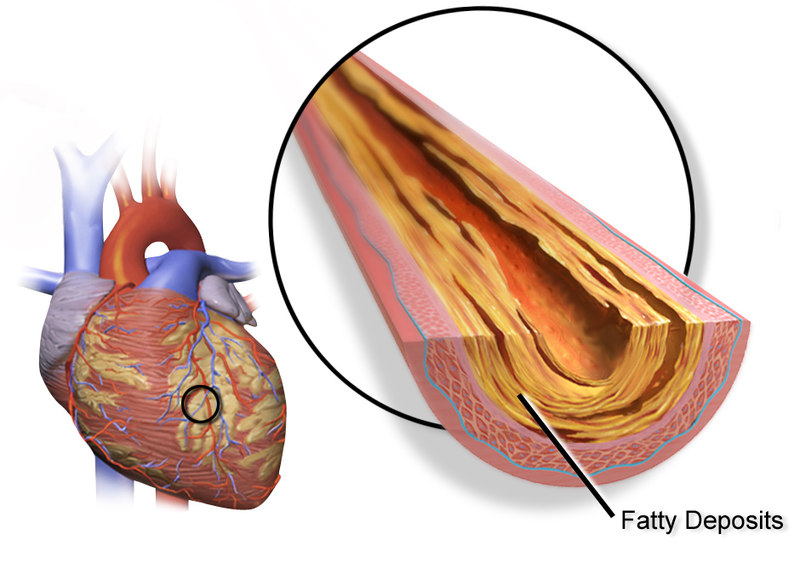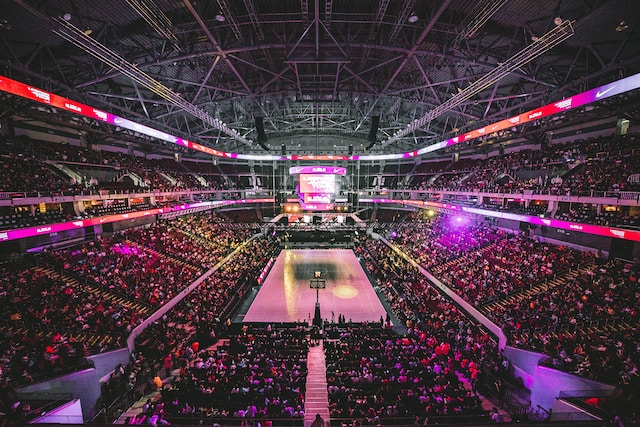Robots are believed to be a cooler option for almost anything, but when human lives are at stake, hospital administrators need to evaluate the value of robotic surgery with the amount of benefits they accrue. There has been an ongoing debate on whether robot-assisted surgery is worth the cost. With a new da Vinci model selling at the steep price of $2 million, the time has come to examine and analyze the function to value ratio of robots in hospitals.
There have been several studies in support as well as against the use of robots in the health industry, but the fact cannot be ignored that robots deliver enhanced visualization, controlled dexterity, and an innovative platform for the doctor to perform surgery. But the question remains the same, is it worth the high investment and maintenance costs?
Many hospital administrators believe that the innovative perks of automated surgery come at the risk of steep financial investment. The cost effectiveness of robot-assisted surgery can be interpreted by examining variables such as hospital length of stay (LOS), indirect costs and complications, as well as re-admissions. It is also the responsibility of a hospital administrator to make sure that the robotics technology and instruments are not wasted for routine surgeries. In fact, in most minimally invasive cases, robotic operations prove to be expensive and result in inferior clinical outcomes.
Furthermore, it’s important to note that in recent years, da Vinci has been the frontrunner in manufacturing robotic surgery machines and instruments. Since its inception and approval in 2000, da Vinci has sold and installed more than 3,000 automated surgical machines worldwide. The price starts at $600,000 but can go as high as $2.5 million, excluding the yearly maintenance fee of $100,000. The lifetime of the device is seven years, and the cost per procedure runs up to $5,000! According to the New England Journal of Medicine, if robotic surgery replaced conventional methods, the annual health care cost would increase by an additional $2.5 billion!
But the high cost has not been able to diminish either the popularity or usage of robotics. By the end of 2014, 570,000 robotic operations were done. The really surprising thing is that there is no scientific proof that robotic surgery is better for patients than conventional surgery. Hospitals are also becoming cautious about acquiring robotic surgery machines as the government and commercial patients are transferring reimbursements based on value, rather than the quantity, of services.
Many medical administrators have tried to keep the operation cost down by minimizing the number of instruments used. However, the high cost of the robotic surgery seems productive in some complicated and complex cases with high risk factors. Although it’s great that most doctors are enthusiastic about using this technology, the truth is that it is not designed for routine surgical care but rather for complex procedures, such as hysterectomies and cancer operations such as lymph node removal.
In order to keep the cost down, robotic-assisted surgery should only be used for extreme cases to justify its existence. For hospitals that already own a robot, their main objective now is to minimize the extra cost and use the technology only when necessary to provide the best patient care.






